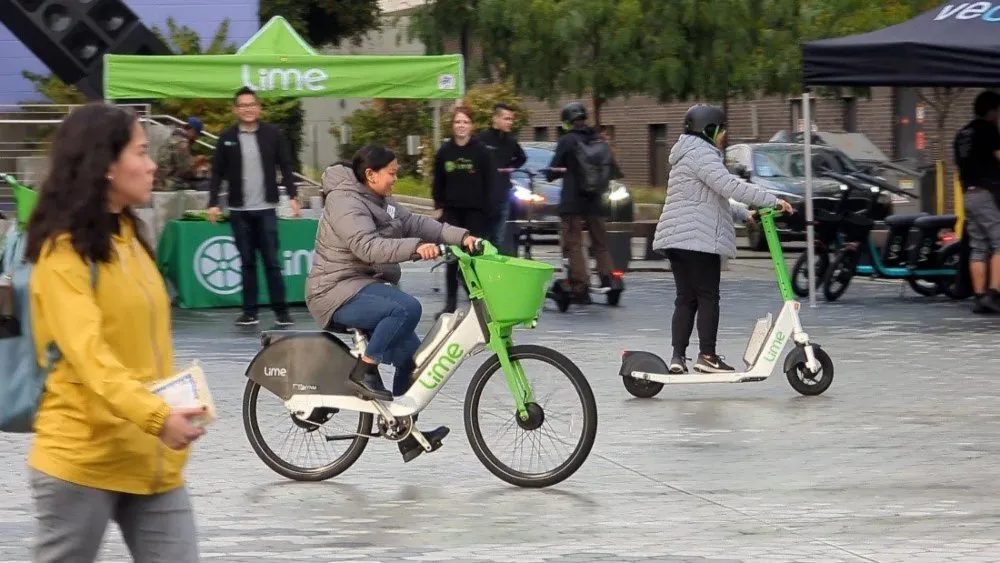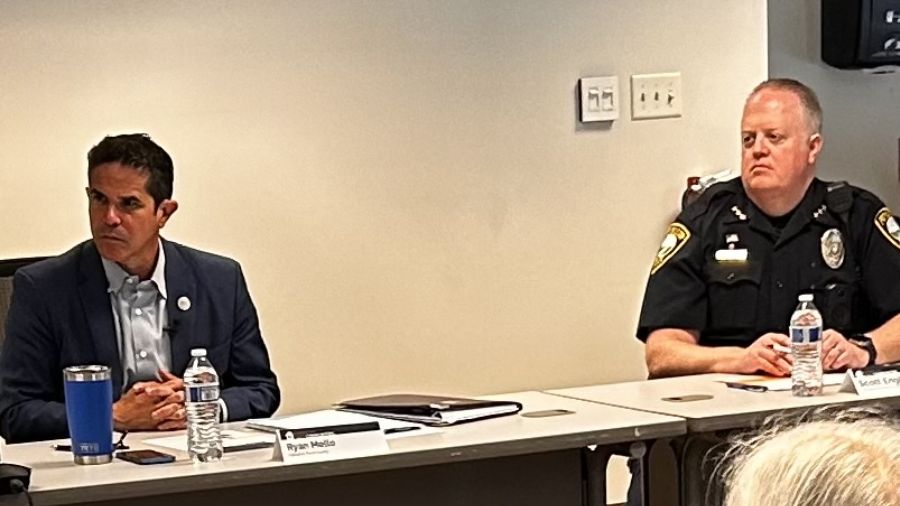Seattle’s summer has been marked by troubling developments for its e-scooter program. In July alone, the City of Seattle quietly dealt with a wrongful death, a multimillion-dollar injury settlement, and public outcry over the city’s management of its rental e-scooter initiative—largely led by operator Lime under permits issued by the Seattle Department of Transportation (SDOT).
Despite these serious issues, both SDOT and Lime have remained conspicuously silent, leaving many Seattle residents and officials asking whether the city’s vision of micromobility has spiraled out of control.
E-Scooter Tragedy in Belltown
On June 24, 34-year-old Patrick O’Donnell, a visitor to Seattle on business, died after falling from a Lime e-scooter while riding on a damaged sidewalk in Belltown. According to a brief police report, O’Donnell was riding southbound on the sidewalk along 1st Avenue when his scooter struck a raised section caused by a red oak tree—an SDOT-owned tree, no less. He fell, lost consciousness, and later died at Harborview Medical Center.
To make matters worse, while emergency responders attempted CPR, the e-scooter was stolen from the scene by a passerby. This tragic incident marks the fifth fatality related to Seattle’s e-scooter program—and the first directly tied to sidewalk riding.
Despite city regulations prohibiting sidewalk riding, e-scooters are frequently spotted zooming past pedestrians on sidewalks throughout neighborhoods like South Lake Union, Capitol Hill, and the University District. Enforcement is practically nonexistent, and even police officers seem unaware that sidewalk riding is illegal.
$2.5M Settlement Over 2022 Head Trauma
Just days before the Belltown fatality became public knowledge, the City of Seattle confirmed a $2.5 million injury settlement to a man who suffered life-altering injuries while riding a Lime scooter in October 2022. The rider crashed into a pothole on 42nd Avenue SW in West Seattle, suffering traumatic brain injuries, fractured ribs, a clavicle break, and other serious complications. Emergency surgery was needed to save his life.
While the lawsuit was filed against the City of Seattle, it was Lime who agreed to settle the case, avoiding a jury trial that could have exposed systemic flaws in the scooter infrastructure and safety standards across the city.
Injury Statistics Paint a Grim Picture
Seattle’s premier trauma center, Harborview Medical Center, has become an unofficial data repository for scooter-related injuries. According to a yet-to-be-published analysis by researchers at the Harborview Injury Prevention and Research Center, 229 patients with e-scooter injuries were logged between January 2022 and October 2024. Of those, 76% had head or neck injuries, and nearly 20% suffered “severe” to “very severe” trauma. Average treatment cost per patient? Around $92,000.
This year alone saw a 35% jump in e-scooter-related emergency visits across UW Medicine facilities. As of 2024, the cumulative number of incidents since the program’s inception has reached at least 850—excluding data from Swedish and Virginia Mason hospitals or incidents that never made it to emergency rooms.
A Permit Program With Little Oversight
Despite the clear public health concerns, Seattle’s shared micromobility program continues to expand with little transparency. The city currently hosts over 15,500 e-scooters and e-bikes—three times as many as Portland, a city of similar size with a more tightly managed scooter program.
Seattle’s 2025 SDOT budget for the scooter program is $1.8 million. Yet more than 60% of that ($1.1 million) is allocated to salaries for three full-time managers and three part-time interns. Just $50,000 is earmarked for safety education, and $0 has been budgeted for long-promised user surveys that could help shape policy.
A line item that remains unchanged? The $12,500 annual dues SDOT pays to the North American Bikeshare and Scooter Share Association, an industry-funded group where Seattle’s program manager sits on the board. This raises concerns about potential conflicts of interest and the city’s ability to independently evaluate the very program it oversees.
Public Outcry and Need for Accountability
Critics say the city has prioritized micromobility expansion over safety, accessibility, and enforcement. Key questions remain unanswered:
-
How much revenue is Lime making from operating in Seattle’s public spaces?
-
Why hasn’t SDOT enforced basic rules, like banning sidewalk riding or underage usage?
-
Where is the transparent audit or accountability for a program with increasing casualties and legal liabilities?
Seattle residents, especially pedestrians and those with mobility challenges, are bearing the brunt of a program that was supposed to provide safer, greener travel options. For them, the sidewalks have become more dangerous than ever before.
A Call for Independent Audit
Amid mounting concerns, there’s a growing call for the Seattle City Council to authorize a full, independent audit of the SDOT e-scooter program. Such a review must:
-
Analyze injury and fatality data,
-
Assess enforcement of current laws,
-
Examine permit compliance by vendors,
-
And critically evaluate the city’s return on investment—financially and in terms of public safety.
Importantly, the audit must be conducted by an outside body with no stake in the program’s success or failure—not by SDOT staff or its consultants.
Conclusion: A Crisis of Priorities
For a city that proudly claims adherence to Vision Zero—a transportation policy that declares “zero is the only acceptable number” of traffic fatalities—Seattle’s tolerance of unregulated e-scooter chaos speaks volumes.
It’s time to shift the focus from unchecked expansion to responsible regulation. Before more people are injured, before another death occurs, before another multi-million-dollar settlement hits the taxpayers—it’s time to ask: who is really benefiting from Seattle’s micromobility revolution?
Until then, the carnage continues.
















Leave a Reply